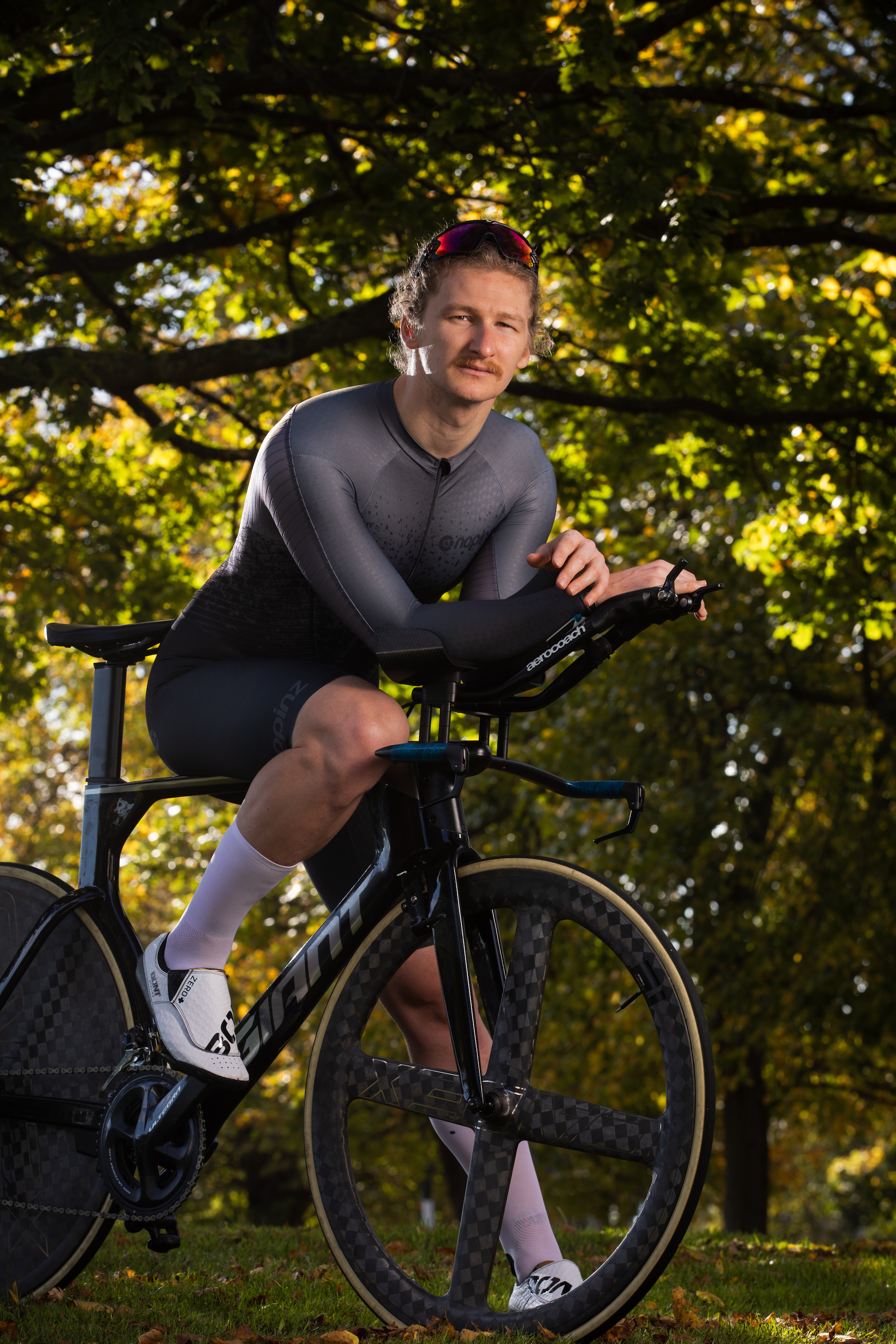Long or short intervals - New study explores which is best to boost performance
Which type of interval offers ‘superior performance improvements’ for elite athletes?


Ever questioned what kind of intervals are best to improve your performance?
When heading out on the road or jumping on the turbo for a structured session, it can often be difficult to choose what kind of workout will give you the best overall gains on the bike.
Experts from a university in Norway have asked themselves exactly this question and went out in pursuit of an answer.
Taking 18 elite male national-level athletes from a mixture of road and mountain biking backgrounds, researchers measured their performance improvements over three weeks and compared short 30-second intervals with longer five-minute intervals.
The study, carried out by the Inland Norway University of Applied Sciences in Lillehammer, found that shorter 30-second intervals offered “superior training adaptations on endurance and performance parameters” when compared with the longer five-minute efforts.
Test subjects underwent three weekly training sessions of either riding three sets of 13x30-seconds intervals with 15-second recovery between intervals and three minutes rest between sets, or four sets of five-minute intervals with two minutes and 30 seconds rest between sets.
Riders were told to perform intervals with their maximal sustain work intensity, maintaining the highest possible average power output during each session.
The latest race content, interviews, features, reviews and expert buying guides, direct to your inbox!
The findings were supported by Matt Rowe from coaching company Rowe and King.
Rowe, the brother of Team Ineos captain Luke Rowe, told Cycling Weekly: “I'm certainly an advocate of quality over quantity. People who just want to get fitter and a bit stronger all round, doing short, sharp max effort intervals is a surefire way to do that.
“That's mainly because you get a real good hit out and we really get good training stress from stimulating your fast twitch muscle fibres.”
Former pro Rowe, who raced for NFTO, added that short 30-seconds efforts also help increase the efficiency of your energy systems and are great for riders that are tight on time.
Those full gas efforts deplete your system and help you exert yourself in a very short space of time.
>>> Smartphone vs cycling computer: which should you use?
But these 30-second efforts need to be done properly, as Rowe highlights: “My key thing here is a lot of people don't actually go quite hard enough. So when I'm asking riders to do sprint max efforts, they think they're going hard.
“They think they go flat out but actually they've probably going 95 per cent effort. The trick is for these super short efforts, you really got to be psychologically in the game, otherwise you're not really doing the effort properly and you won't get the intended benefits and gains from them.”

Thank you for reading 20 articles this month* Join now for unlimited access
Enjoy your first month for just £1 / $1 / €1
*Read 5 free articles per month without a subscription

Join now for unlimited access
Try first month for just £1 / $1 / €1
Alex Ballinger is editor of BikeBiz magazine, the leading publication for the UK cycle industry, and is the former digital news editor for CyclingWeekly.com. After gaining experience in local newsrooms, national newspapers and in digital journalism, Alex found his calling in cycling, first as a reporter, then as news editor responsible for Cycling Weekly's online news output, and now as the editor of BikeBiz. Since pro cycling first captured his heart during the 2010 Tour de France (specifically the Contador-Schleck battle) Alex covered three Tours de France, multiple editions of the Tour of Britain, and the World Championships, while both writing and video presenting for Cycling Weekly. He also specialises in fitness writing, often throwing himself into the deep end to help readers improve their own power numbers. Away from the desk, Alex can be found racing time trials, riding BMX and mountain bikes, or exploring off-road on his gravel bike. He’s also an avid gamer, and can usually be found buried in an eclectic selection of books.
